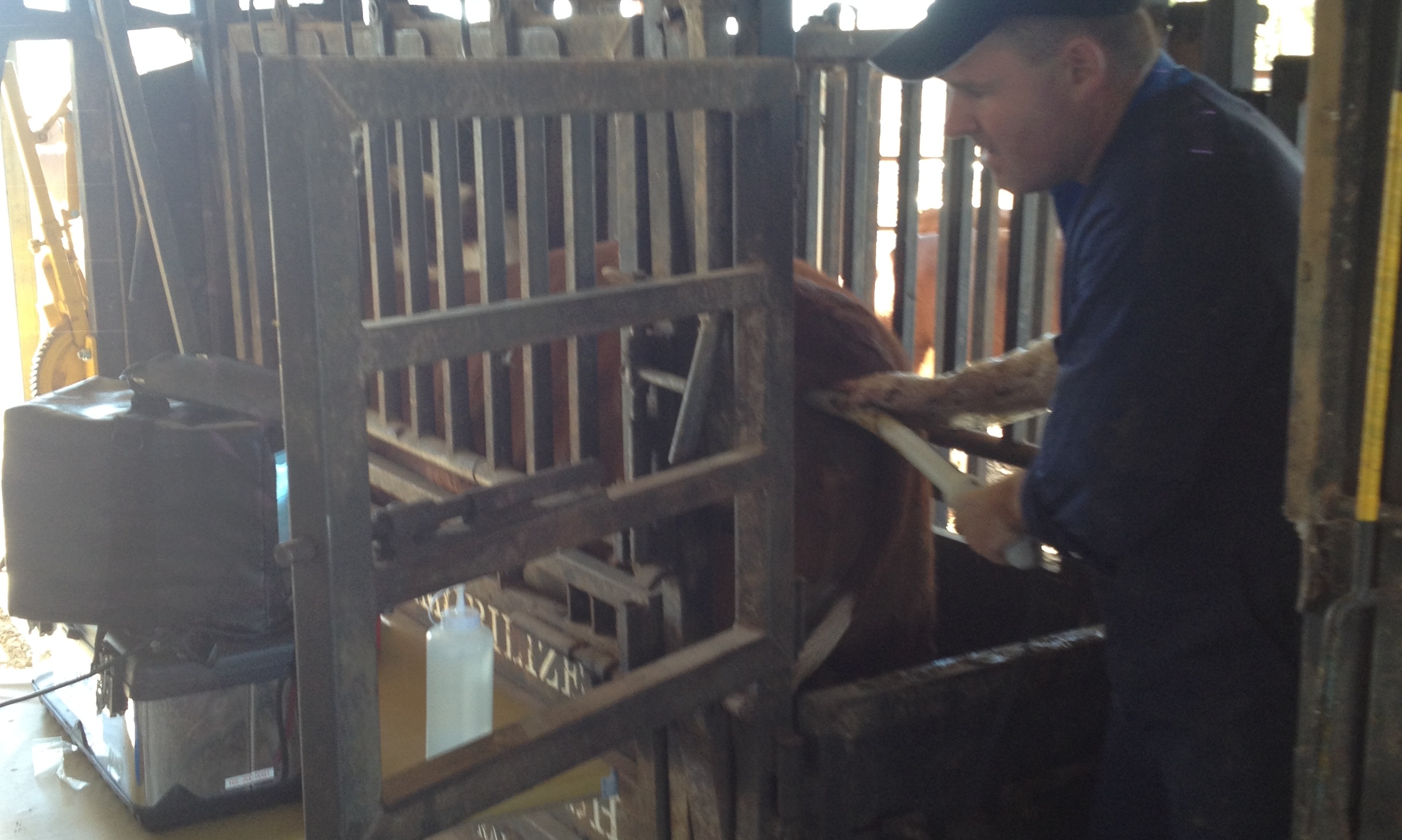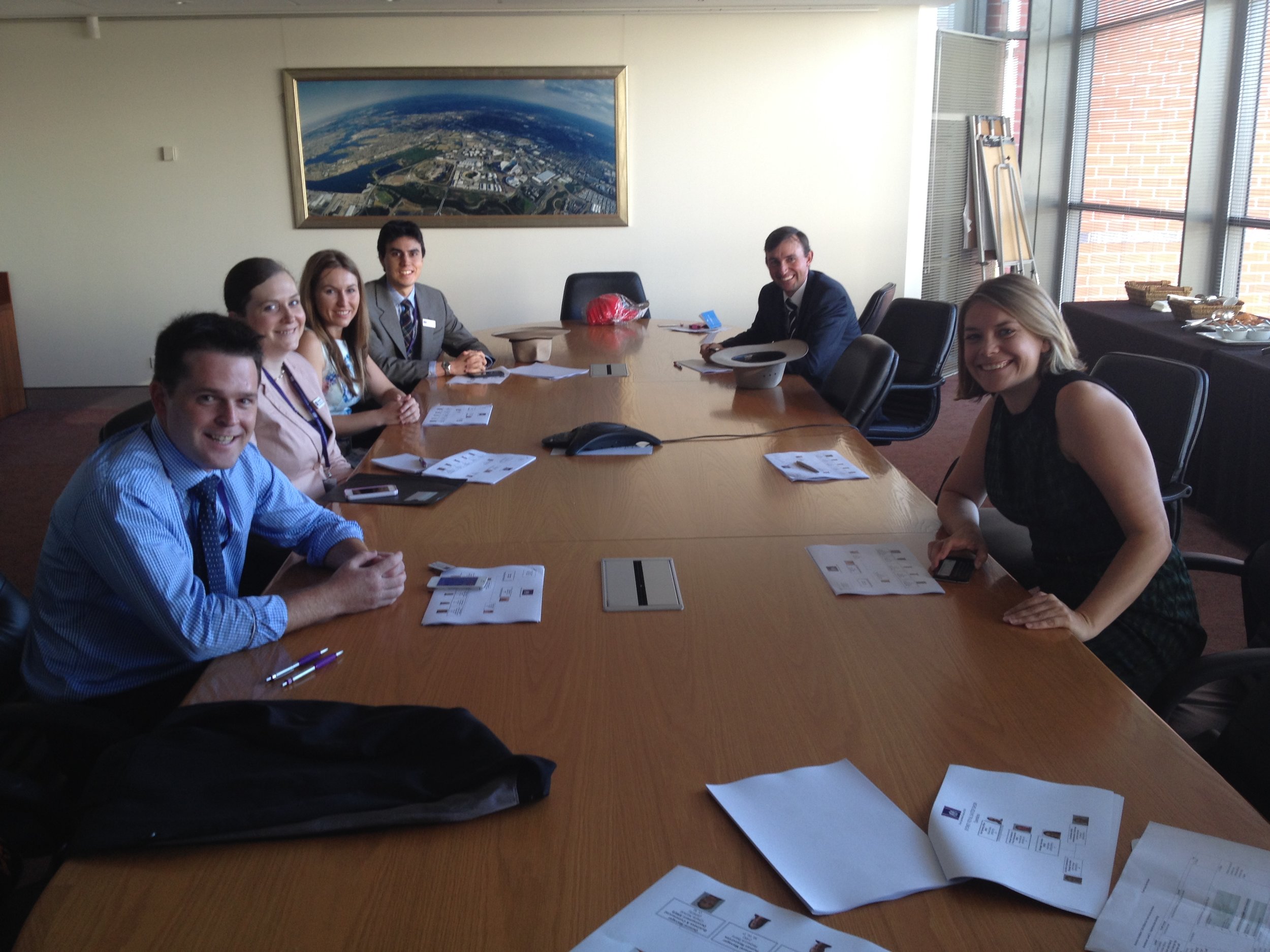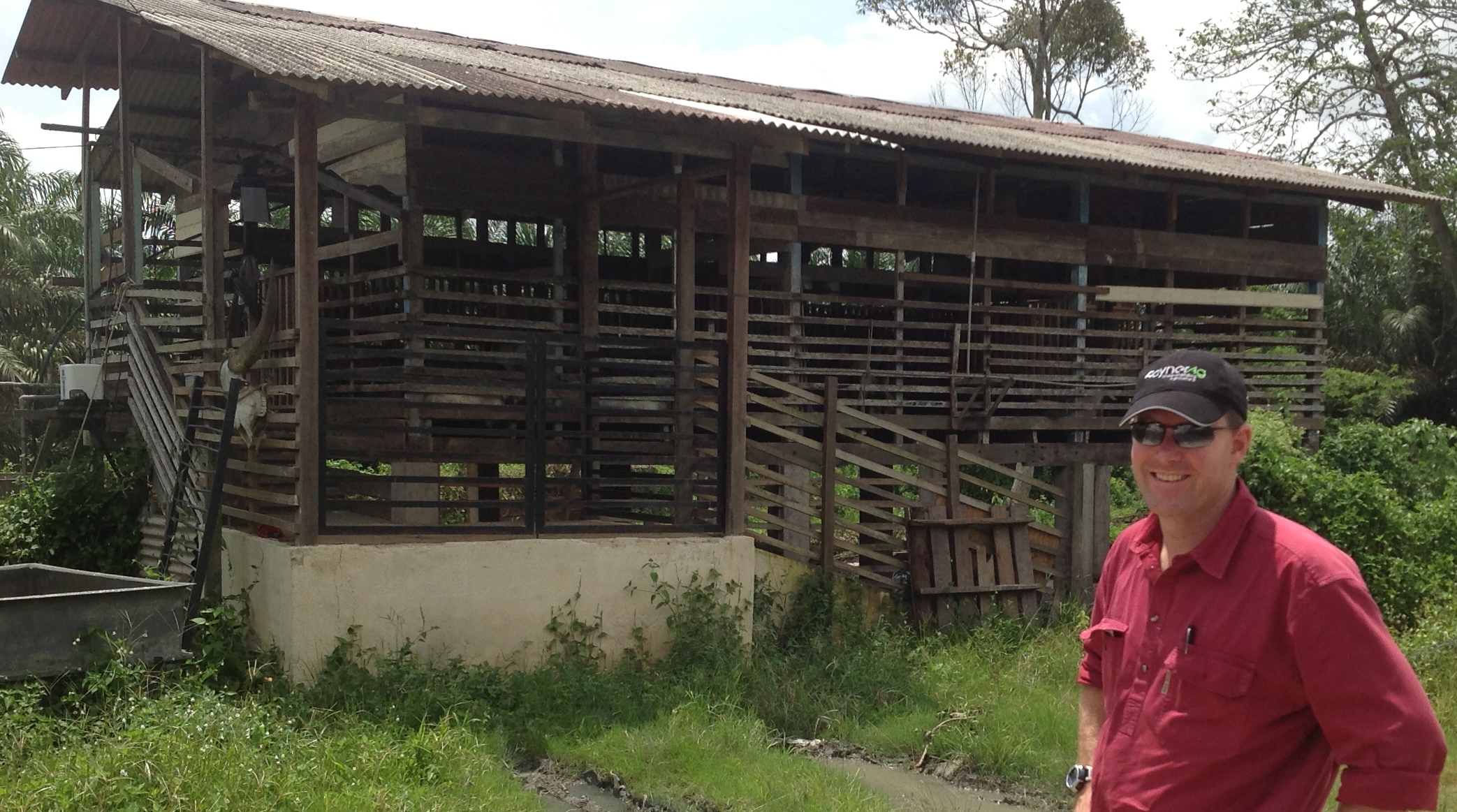In the last few weeks I've had a few enquiries from people keen to enter the beef industry. The want to start their own beef breeding programs. Among the questions they are asking is the one "Should we start a stud?"
I'm asked this question more often than many people would think! Its generally asked by people new to the industry and excited about breeding cattle. It can also be asked because their is a belief that operating a small stud might be a way to generate higher returns from a small beef program.
So there are a few ways I try and answer these questions. One of the first ways is to ask "why do you want to operate a stud?"
I'm generally not surprised when people struggle to answer this question. I reckon its a question worth considering, particularly if you are entering the beef industry.
Operating a stud herd, or if you prefer, a seed-stock operation is a big undertaking. These operations are responsible for identifying and producing genetics that can have a major impact in individual herds; on breed direction and ultimately the productivity of the national herd.
Genetics offer a permanent and cumulative effect on a population. In simple terms, the genetics produced by individual studs can have a long lasting impact on future generations.
Seed-stock producers therefore have a pretty big task. They have to identify and record pedigrees and animal performance across their herds. They need to collect data which can be used to contribute to the Estimated Breeding Values (EBVs) used by the breed and industry to select sires for use in breeding herds. Seed-stock producers also need to be determined to select animals which not only have genetic potential but have the physical characteristics desired by the industry.
Its a pretty big responsibility. It takes years of selection & focus to produce these animals consistently. Quite simply, running a stud herd isn't for everyone!
There's no doubt breeding cattle can be exciting and rewarding! You don't have to be a registered stud to enjoy the satisfaction of breeding outstanding animals.
For new producers starting a beef enterprise, operating on a commercial basis allows much greater flexibility and opportunities.
The most important point to remember when commencing a new beef enterprise is to purchase structurally sound, fertile cows.
There's no doubt this type of cow can be found in commercial herds as well as in stud herds. Its just that sometimes its easier and often more economical to find them in commercial herds.
Running cows on a commercial basis, avoids having to register a herd and assume a higher level of administration which is essential to record animals and production data.
Choosing not to start a stud doesn't exclude you from being a member of a breed society. Most breed societies offer membership to producers as commercial members. This allows you to share the information from a society and to get to know the stud breeders who have been working at selecting genetic improvement over a number of years.
Stud breeding is a pretty demanding undertaking. If it isn't going to be a full time undertaking for new producers, I'd suggest it shouldn't be the first enterprise choice!
If your desire to be a stud breeder is simply to allow you to compete in a show, remember it is possible to compete in agricultural shows without being a stud breeder. Most local and regional shows have competitions for commercial cattle and for led steers. These competitions are just as fiercely contested and as challenging as the breed classes for stud animals.
Ultimately breeding cattle is rewarding, exciting and challenging. It can be intensely satisfying and fulfilling. If you are entering the industry I'm positive you will experience this enjoyment regardless of your cows status as stud or commercial!



















































